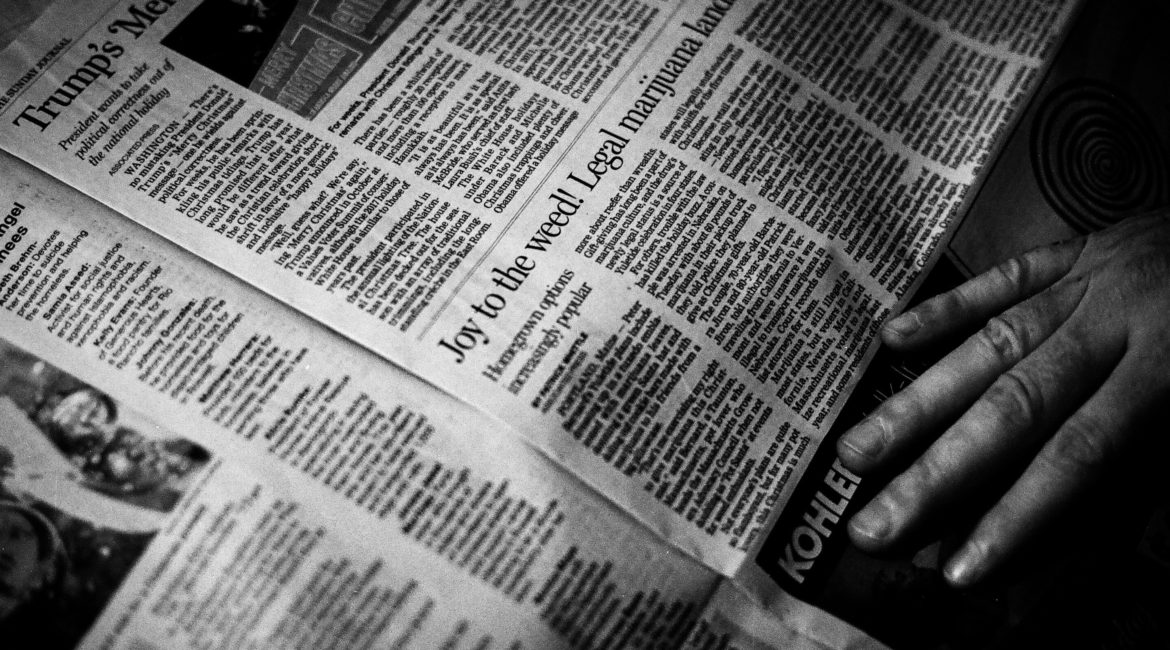Social media has, without a doubt, become ingrained into our everyday lives — but, like many modern creations, it can act as a double-edged sword. Social media connects us, but it can also diminish the feeling of living in the moment; it helps us share special experiences, but it has also resulted in phrases like “doing it for the ‘gram;” it helps us spread urgent news quickly, but it can also tip into dangerous territory in which misinformation can be spread, too.
The rollout of the COVID vaccine has been confusing. Between timelines, access, and even the contents of the vaccine, news outlets have been scrambling to get the right information to the right people. According to Healthline, vaccine hesitancy has become a growing concern due to misinformation and even conspiracy theories that can spread on corners of the internet like Reddit, Twitter, and the quickly-collapsing forum Parler. Stories easily spiral out of control, like the now vaguely viral story of the person who contracted COVID after receiving the vaccine. What the write-ups, headlines, and statuses on the topic failed to mention was that the person involved had only received the first dose of a two-dose vaccine.
According to Statista, nearly 50% of Americans have unknowingly shared a form of “fake news” online, only to discover afterwards that some or all of the story had been intentionally false. How can trends like this be prevented? Experts believe the solution is two-fold. The first comes in the form of digital literacy, a term that refers to a user’s ability to evaluate and compose information, incorporating cognitive and technical skills. Digital literacy is second-nature to Gen-Z, who are coming of age, working through college, and even entering the workforce after being raised in a more digital environment than any generation that has preceded them. They’re known as “digital natives” — they’ve never lived otherwise. Millennials follow closely behind.
For age groups and demographics beyond that, though, digital literacy takes a bit more work. As more and more people (of all ages) master the tools needed to discern facts from fraud, it will become more difficult for misinformation to spread. Digital literacy is established in a combination of basic literacy, scientific awareness, understanding of economics, visual skills, multicultural knowledge, and general global awareness.
While digital literacy must be attained on an individual level, the second tool in combating negative trends requires some large-scale work. Many social media experts believe that taking legislative action against corners of the internet where conspiracy theories fester and spread is the only way to make sure toxic narratives can’t spiral out of control. It’s these kinds of pockets and echo chambers that contributed to the storming of the United States Capitol. QAnon, a detailed conspiracy theory alleging crime rings in the “deep state,” has persisted throughout the past several years, riling up people who feel called to overthrow the government to bring what they believe to be truth further to light. The result has been catastrophic: this kind of disconnect from reality has reached far beyond people staring at screens and translated into devastating real-world effects.
Some platforms might even be unknowingly adding to the problem. Algorithms are designed, by nature, to show us more of what we are consuming, constantly adapting to our tastes and interests and pulling us deeper. When applied to pockets of the internet where misinformation thrives, algorithms on Facebook and YouTube certainly contribute to the spiral.
We are all hopeful to be entering a new age: while 2021 has yet to feel drastically different from 2020, the future appears to be a bit brighter. Change is on the horizon. When the dust settles, it seems to be a priority for many legislators to take a closer look at the source of many of these problems and prevent such massive chaos from occurring again. In the meantime, Twitter and Facebook have installed prompts confirming that a user has read an article before sharing or retweeting. Sticking to a rule as simple as “read before you share” can be a good first step.

